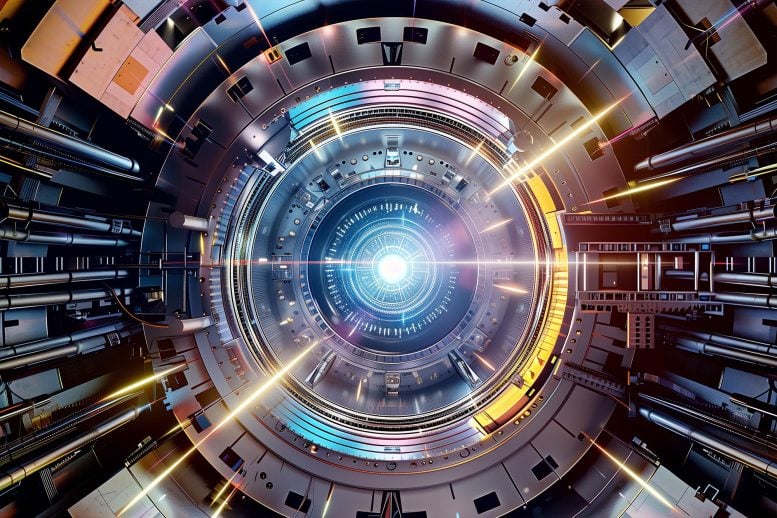
Enhanced synchrotron radiation through shortened electron bunches offers powerful, laser-like light, with recent experiments supporting its feasibility for advanced materials research. Credit: SciTechDaily.com
A new technique shortens electron bunches in storage rings to produce more powerful, coherent synchrotron radiation, akin to high-power lasers. This method has been successfully tested, marking progress toward a novel type of radiation source that could have significant impacts on materials research.
An international team presents the functional principle of a new source of synchrotron radiation in Nature Communications Physics. Steady-state microbunching (SSMB) enables the building efficient and powerful radiation sources for coherent UV radiation in the future. This is very attractive for applications in basic research as well in the semiconductor industry.
Synchrotron Radiation and Storage Rings
When ultrafast electrons are deflected, they emit light-synchrotron radiation. This is used in so-called storage rings in which magnets force the particles onto a closed path. This light is longitudinally incoherent and consists of a broad spectrum of wavelengths. Its high brilliance makes it an excellent tool for materials research. Monochromators can be used to pick out individual wavelengths from the spectrum, but this reduces the radiant power by many orders of magnitude to values of a few watts only.
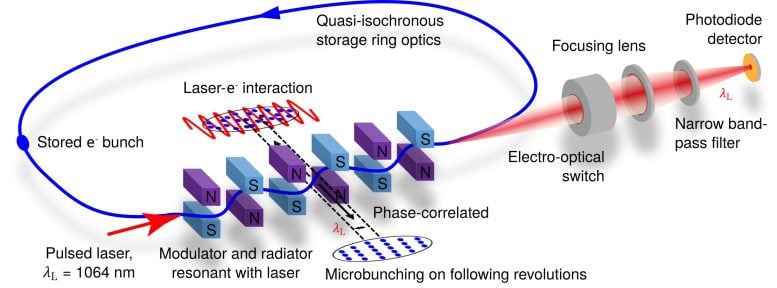
A pulsed laser co-propagates with the electron beam through the MLS U125 undulator and imposes an energy modulation. The same undulator serves as a radiator on the following passes of the electron beam. The undulator radiation is detected by a fast photodiode, while the laser pulse is blocked from the detection path using an electro-optical switch. Credit: HZB/ Communications Physics
Advancements in Coherent Light Generation
But what if a storage ring were instead to deliver monochromatic, coherent light with outputs of several kilowatts, analogous to a high-power laser? Physicist Alexander Chao and his doctoral student Daniel Ratner found an answer to this challenge in 2010: if the electron bunches orbiting in a storage ring become shorter than the wavelength of the light they emit, the emitted radiation becomes coherent and therefore millions of times more powerful.
“You need to know that the electrons in a storage ring are not homogeneously distributed,” explains Arnold Kruschinski, PhD student at HZB and lead author of the paper. “They move in bunches with a typical length of about a centimeter and a distance of around 60 centimeters. That is six orders of magnitude more than the micro-bunches proposed by Alexander Chao.” Chinese theorist Xiujie Deng has defined a set of settings for a specific type of circular accelerator, the isochrone or “low-alpha” rings, for the Steady-State Micro-Bunching project (SSMB). After interacting with a laser, these create short particle bunches that are only one micrometer long.
Breakthroughs in Micro-Bunching Techniques
The research team from HZB, Tsinghua University, and PTB already demonstrated that this works in a proof-of-principle experiment in 2021. They used the Metrology Light Source (MLS) in Adlershof — the first storage ring ever designed for low-alpha operation. The team has now been able to fully verify Deng’s theory for generating micro-bunches in extensive experiments. “For us, this is an important step on the way to a new type of SSMB radiation source,” says Arnold Kruschinski.
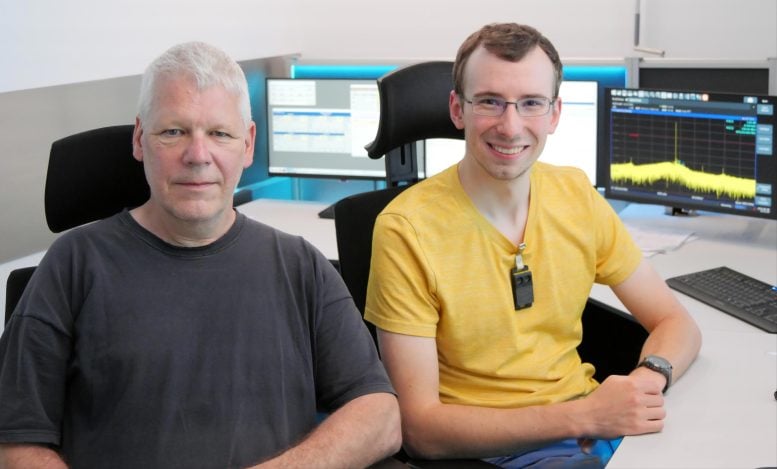
Jörg Feikes and PhD student Arnold Kruschinski in the control room of BESSY II and the MLS. Credit: Ina Helms / HZB
Future Perspectives and Long-Term Goals
However, HZB project manager Jörg Feikes is certain that it will take some time until then. He sees some parallels between the SSMB and the development of free-electron lasers. “After initial experiments and decades of development work, this idea turned into a kilometer-long, superconducting accelerator,” he says. “Such developments are very long-term. It starts with an idea, then a theory, and then there are experimenters who gradually realise it and I think that SSMB will develop in the same way.”
Reference: “Confirming the theoretical foundation of steady-state microbunching” by Arnold Kruschinski, Xiujie Deng, Jörg Feikes, Arne Hoehl, Roman Klein, Ji Li, Markus Ries and Alexander Chao, 21 May 2024, Communications Physics.
DOI: 10.1038/s42005-024-01657-y



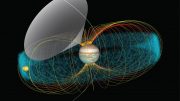
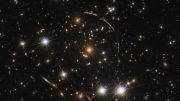

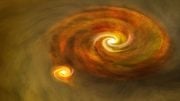
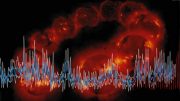
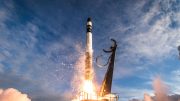
Be the first to comment on "Harnessing the Power of Micro-Bunching: A New Frontier in Synchrotron Radiation"